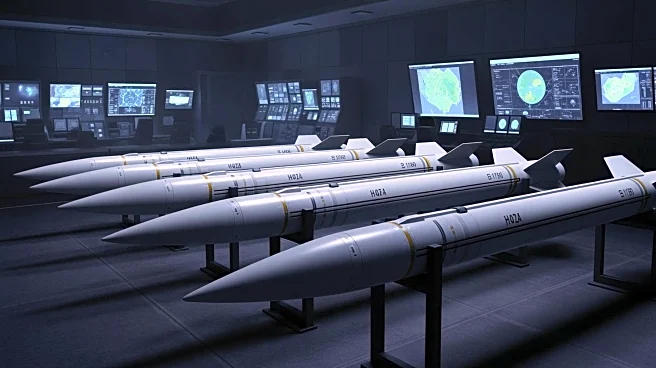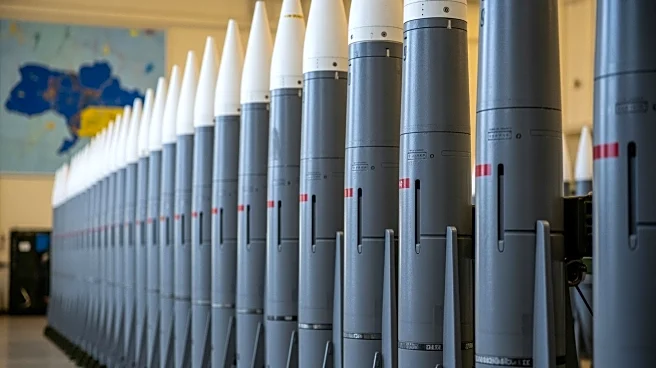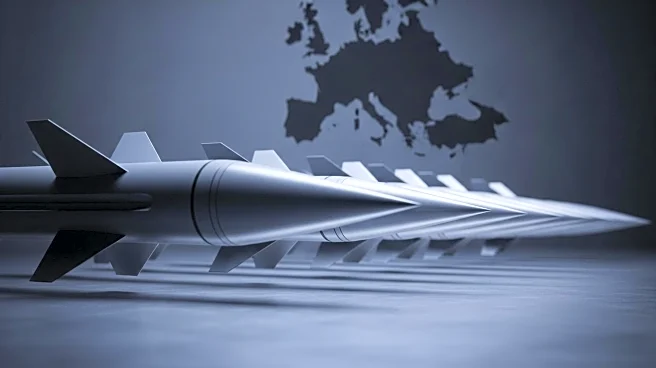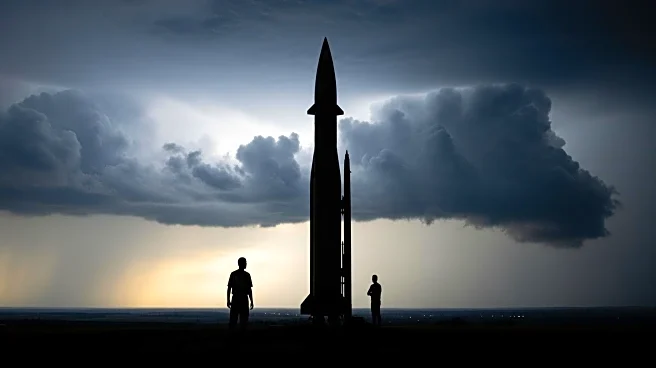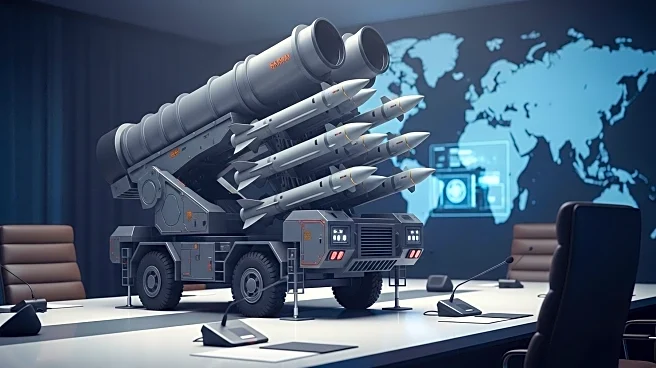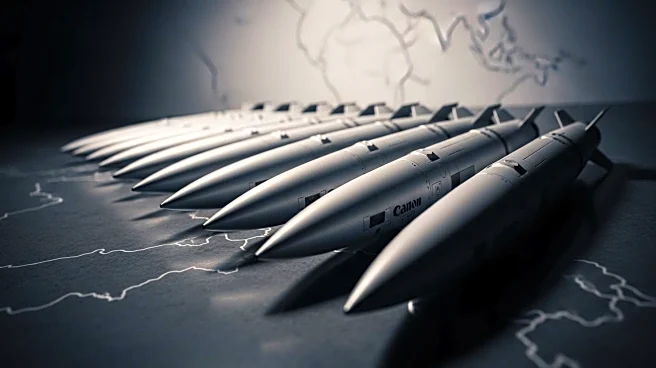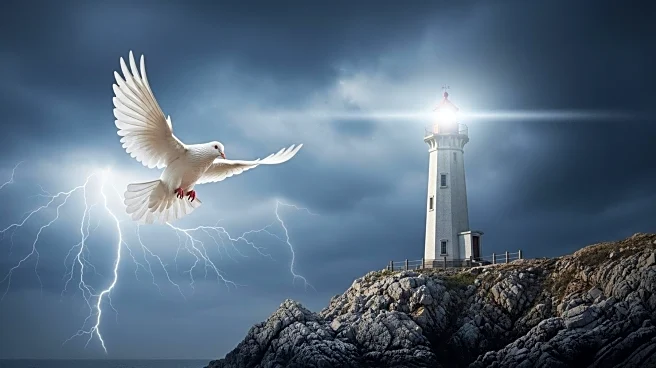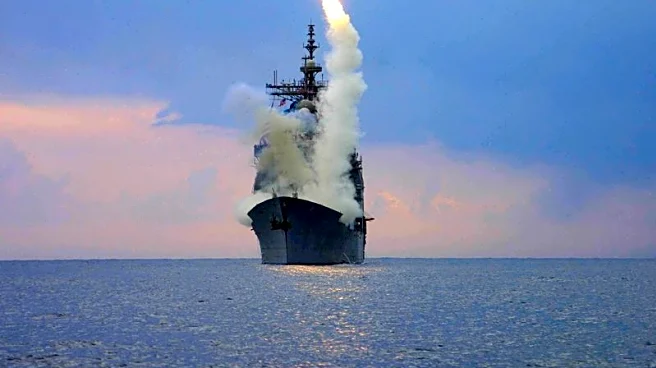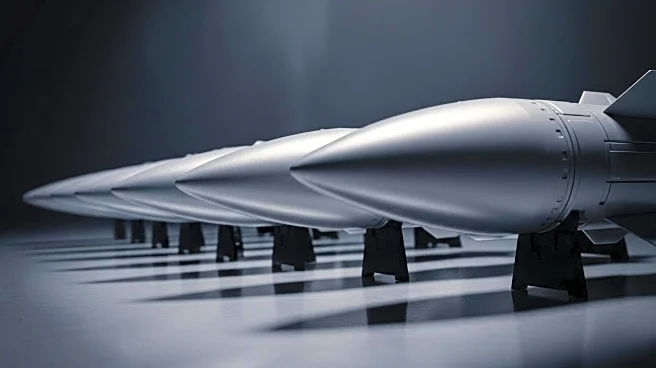What's Happening?
President Donald Trump is considering providing Ukraine with U.S.-made long-range Tomahawk cruise missiles to pressure Russia into negotiations. This comes as Ukrainian President Volodymyr Zelensky plans
to visit Washington to discuss securing more air defenses and long-range missiles. Defense Secretary Pete Hegseth has warned Moscow of imposing 'costs' for its continued aggression, emphasizing the U.S. commitment to supporting Ukraine. The Trump administration is exploring ways to increase military supplies for Kyiv, with European nations funding American weapons under a new arrangement. The potential delivery of Tomahawks could significantly enhance Ukraine's capability to strike deep into Russian territory.
Why It's Important?
The consideration of providing Tomahawk missiles to Ukraine marks a potential shift in U.S. policy, signaling a more aggressive stance against Russian aggression. These missiles could enable Ukraine to target critical infrastructure within Russia, potentially altering the course of the conflict. The move could also serve as a strategic tool to bring Russia back to the negotiating table, as the threat of deeper strikes may compel Moscow to reconsider its position. However, this decision carries the risk of escalating tensions between NATO and Russia, with Russian officials warning of dire consequences if the missiles are delivered.
What's Next?
President Trump and President Zelensky are set to meet to discuss the potential delivery of Tomahawk missiles. The outcome of this meeting could determine the level of military support Ukraine receives and influence the broader geopolitical landscape. NATO defense ministers are also deliberating on ways to deter breaches of NATO airspace, which could lead to increased military readiness and strategic adjustments within the alliance.
Beyond the Headlines
The potential delivery of Tomahawk missiles raises ethical and strategic questions about the balance between deterrence and escalation. The decision to provide such weaponry could set a precedent for future conflicts and influence NATO's approach to collective defense. Additionally, the ongoing conflict highlights the challenges of maintaining European security in the face of Russian aggression, prompting discussions on the long-term implications for NATO's defense strategy.
